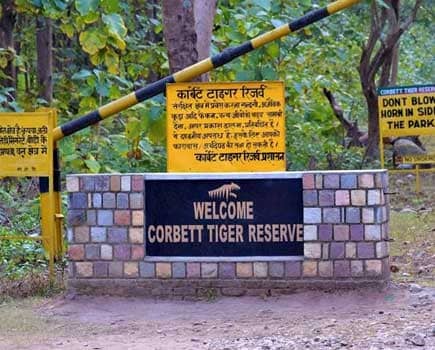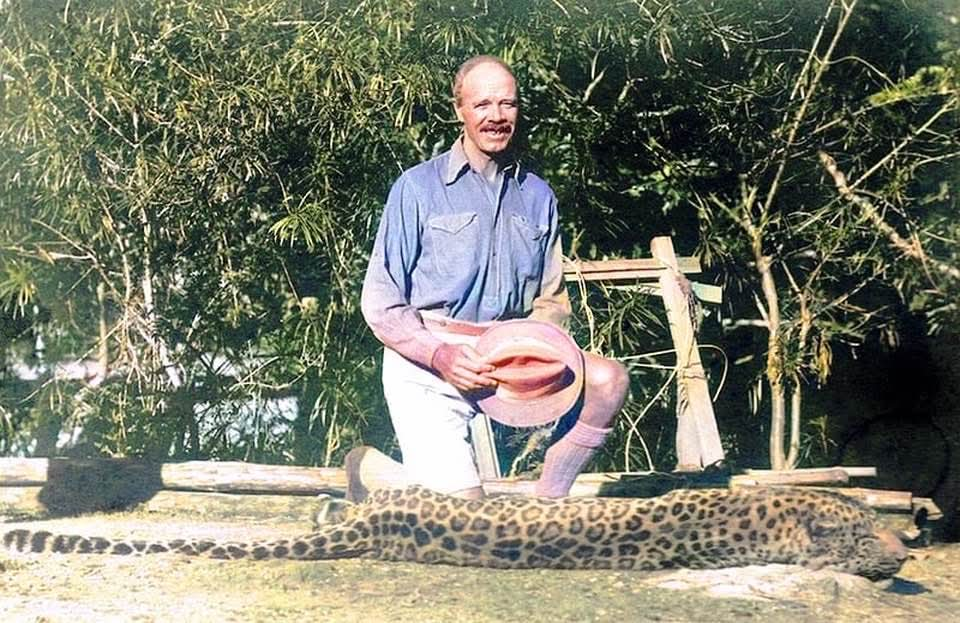In a world where hunters are often remembered with disdain, Jim Corbett stands tall as a legendary exception — a man who walked fearlessly among tigers, yet only raised his rifle when human lives were at stake. On the occasion of his 150th birth anniversary, India remembers the man who didn’t just kill 33 man-eating tigers and leopards, but also laid the foundation for wildlife conservation in the country.
From the Forests, For the Forests
Born in 1875 in the lush foothills of the Himalayas, Edward James Corbett grew up with the forests of Kumaon as his playground and classroom. He could read the jungle like a book—tracking sounds, scents, and movements with a precision unmatched even today.
But Corbett was no thrill-seeker. Every bullet he fired was out of necessity—protecting villagers terrorized by tigers that had turned man-eaters due to injury, old age, or human encroachment. His deep respect for nature ensured he never harmed an animal that posed no threat.

Killer of Man-Eaters, Savior of Wildlife
Despite his fearsome reputation as a hunter, Jim Corbett was one of India’s earliest conservationists. He was among the first to raise alarm about declining tiger numbers and the destruction of natural habitats. His writings—like Man-Eaters of Kumaon—are both thrilling and thought-provoking, bringing attention to the complex relationship between man and beast.
In his honor, India named its first national park—Corbett National Park—in 1957, recognizing a man who risked his life to bring balance between humans and the wild.

A Legacy Etched in the Wild
Today, Corbett is remembered not just for the 33 lives he took, but for the countless ones he saved—both human and animal. His life proves that a gun in the right hands can protect, not destroy. As we celebrate 150 years since his birth, his story stands as a powerful reminder: true courage is not just in killing, but in understanding, respecting, and preserving life.


